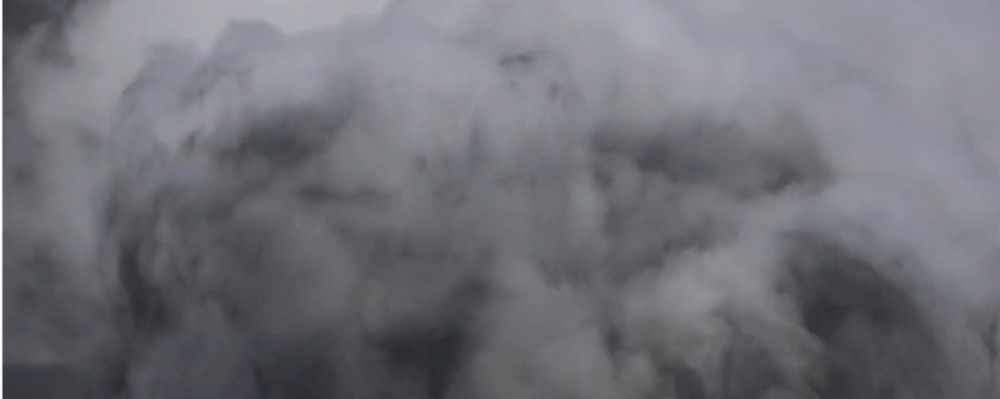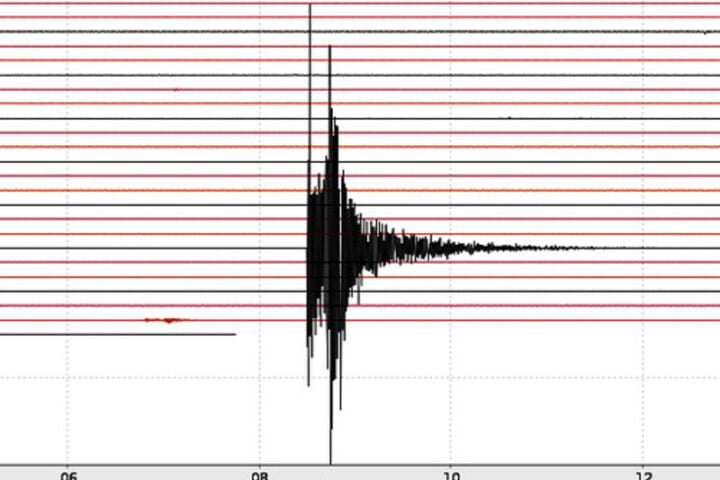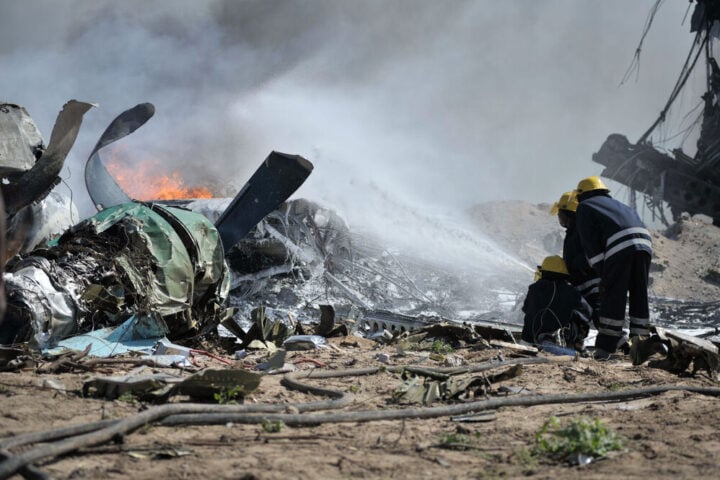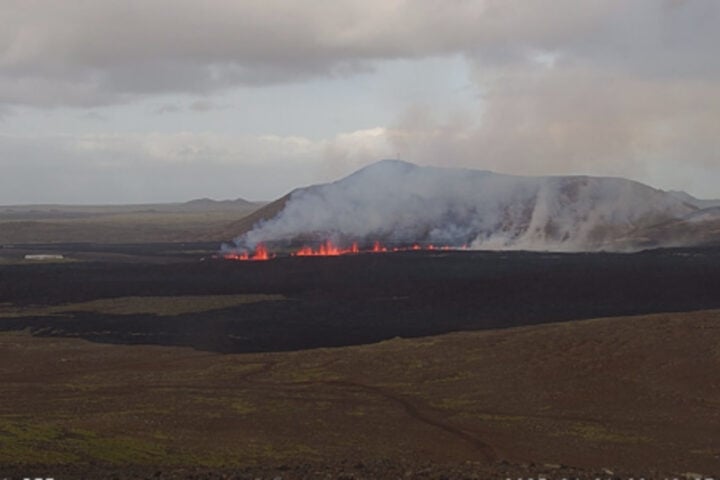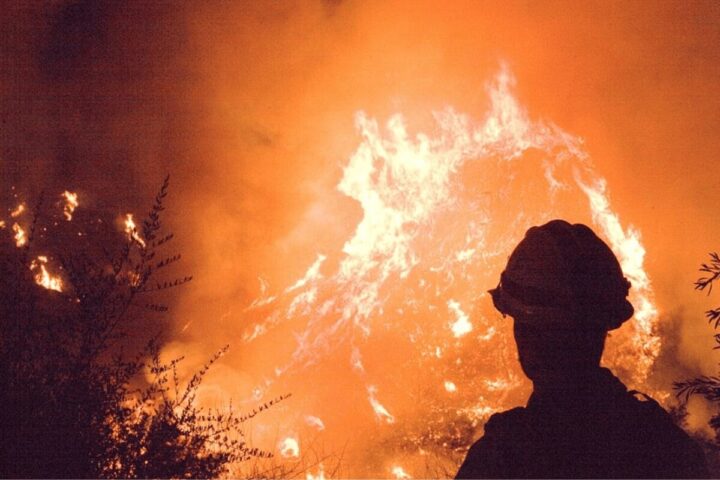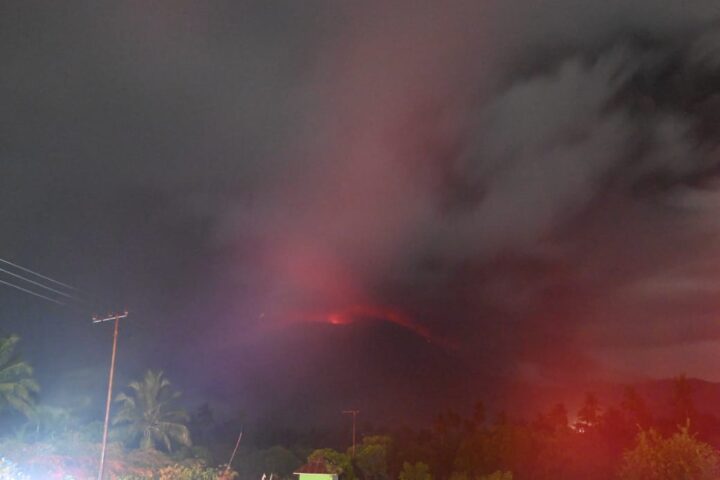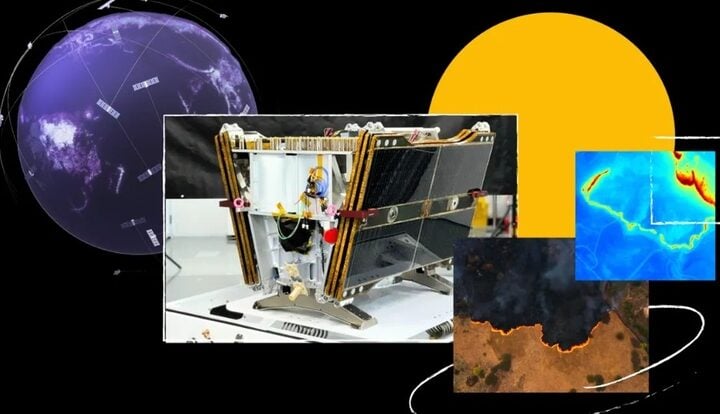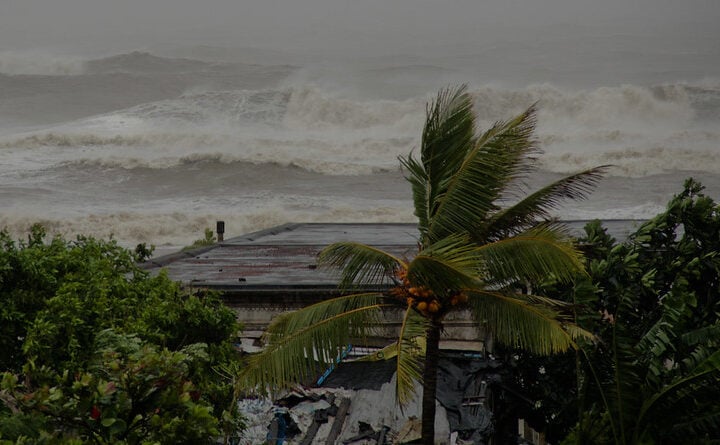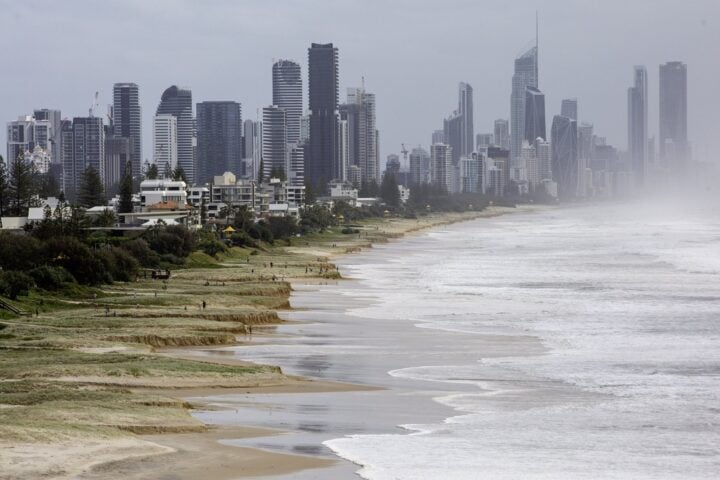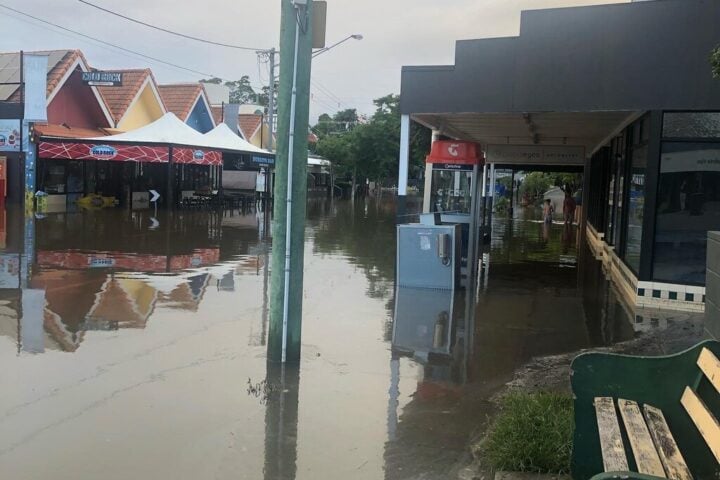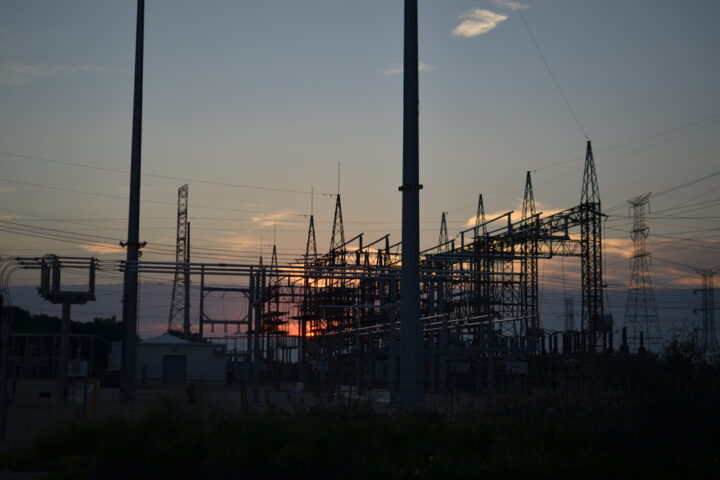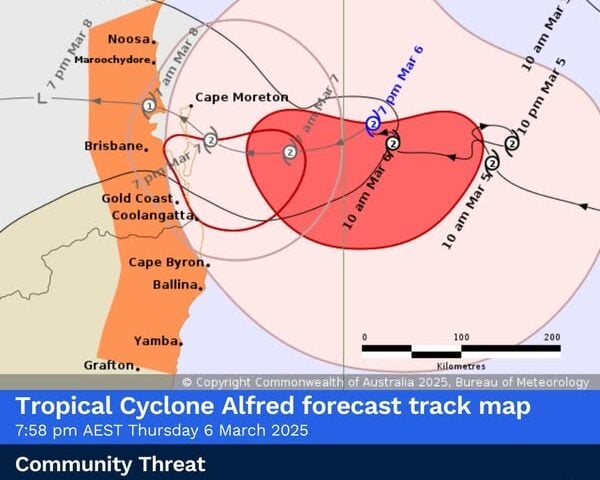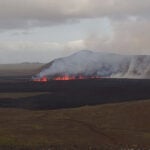The Costa Rican National Emergency Commission (CNE) issued a Red Alert for Poás Volcano National Park on April 23, 2025, following intense eruptive activity. With ash plumes reaching up to 4,500 meters high and substantial gas emissions, this is the highest alert level possible, triggering immediate park closures and safety protocols.
As vulcanologist Geoffroy Avard explained in recent footage from OVSICORI-UNA (Volcanological and Seismological Observatory of Costa Rica): “At 5:32 in the morning, the volcano erupted again, an eruption similar to Monday’s in height—several thousand meters.”
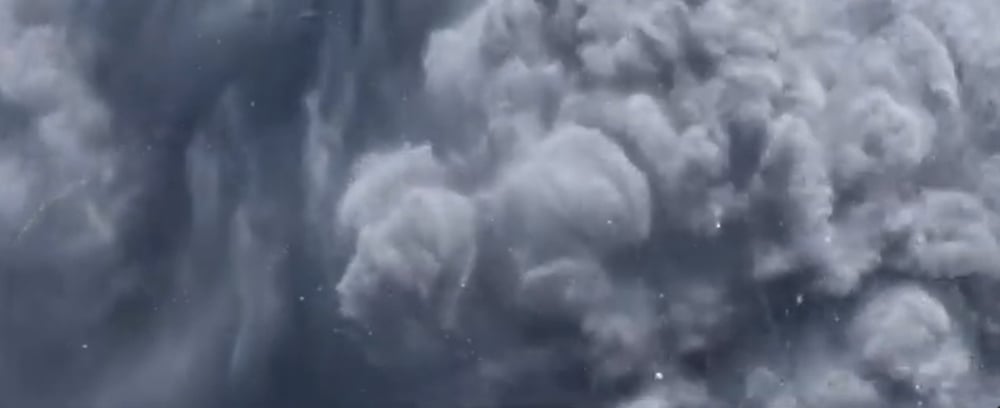
Current Volcanic Activity
The eruption on April 23 sent ash clouds southeast, differing from previous westward distributions. Avard noted this shift in wind direction means “we can expect significant ash fall near the volcano, affecting different areas than in recent days or weeks.”
Seismic patterns also differ from earlier events. “Before this eruption, the seismic signal was quite intense. We’re not in the same scenario as Monday, when there was total silence. This time there was no complete silence,” Avard reported.
Recent monitoring shows:
- Ash columns reaching 4,500 meters above the crater
- Significant gas emissions, particularly sulfur dioxide exceeding 600 tons daily
- Frequent low-amplitude earthquakes and tremors indicating ongoing magma movement
Alert Zones and Safety Measures
The CNE has established a tiered alert system:
- Red Alert: Poás Volcano National Park (closed indefinitely)
- Orange Alert: Grecia and Sarchí cantons (high risk of ash fall and lahars)
- Yellow Alert: Alajuela, Poás, Naranjo, Río Cuarto, and Zarcero (moderate risk)
Approximately 1.39 million people live within 30 km of the volcano, with critical safety advisories in effect:
- Wear N95 masks in affected areas
- Keep windows and doors closed
- Cover water tanks and avoid potentially contaminated water sources
- Stay away from rivers that may carry volcanic debris, particularly during rainfall
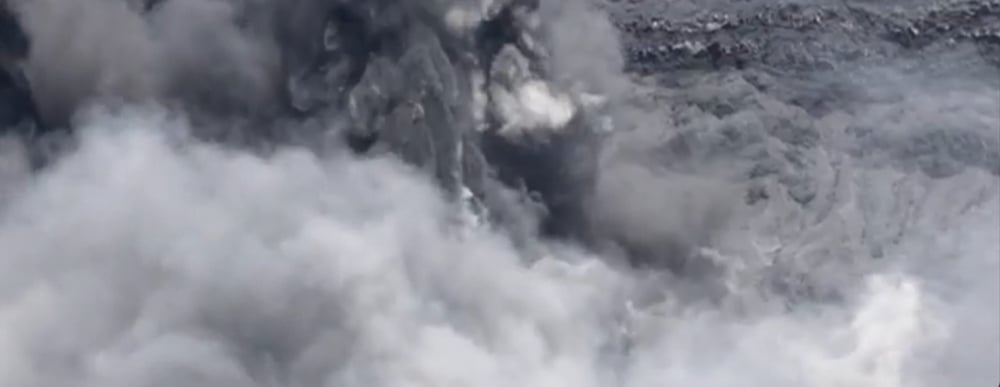
Impact on Travel and Tourism
The indefinite closure of Poás National Park comes at a significant cost to local economies. Over 300 businesses in the area, including 55 tour operators, have reported revenue losses exceeding 60% compared to the same period last year.
The U.S. Embassy in San José advises travelers to:
- “Stay alert and updated on Poás Volcano activity via the CNE and OVSICORI websites”
- “Monitor local radio and media to be aware of developments”
- “Do not enter areas around the Poás volcano that are closed to visitors”
- “Remain in close contact with your tour operator, hotel staff, and local officials”
- Enroll in the Smart Traveler Enrollment Program (STEP) for security updates
Similar Posts
Environmental Effects
Recent eruptions have turned the Río Desagüe gray with acidic ash slurry, causing respiratory issues in nearby communities. Agricultural impacts include damage to coffee blossoms and pasture grasses in the Cajón and San Luis de Grecia areas.
OVSICORI’s monitoring team continues maintenance of equipment at the crater’s edge despite hazardous conditions. “In times of crisis, it’s crucial for us to come see the volcano, not just to observe but to maintain monitoring equipment,” Avard explained. “Ash covers solar panels, camera lenses, and creates a layer over GPS units.”
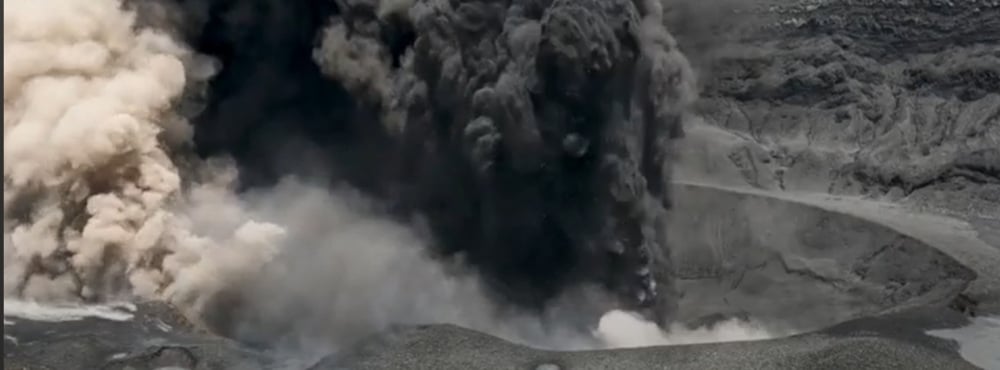
Historical Context
Poás has a long history of activity, with over 40 eruptions recorded since 1828. The 2017 eruption caused an 18-month park closure, resulting in millions in economic losses for Alajuela businesses.
Unlike previous sporadic emissions earlier in 2025, April’s eruptions mark a shift to sustained, high-energy activity potentially linked to deeper magmatic disturbances.

What Next?
As of April 25, the Red Alert remains in effect with periodic ash bursts continuing into early morning hours. The Aviation Color Code remains Orange, signaling ongoing ash hazards for regional flights.
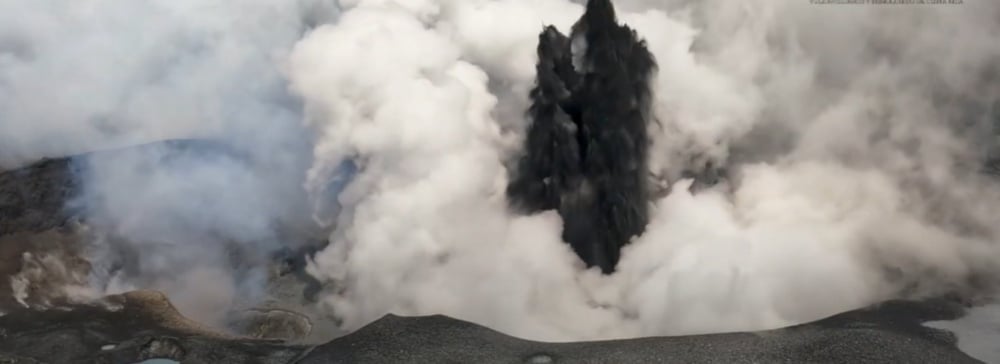
For anyone in Costa Rica, the situation requires vigilance but not panic. Stay informed through official channels, follow safety protocols, and remember that while Poás is showing its power, both authorities and local communities have experience managing these volcanic events.
